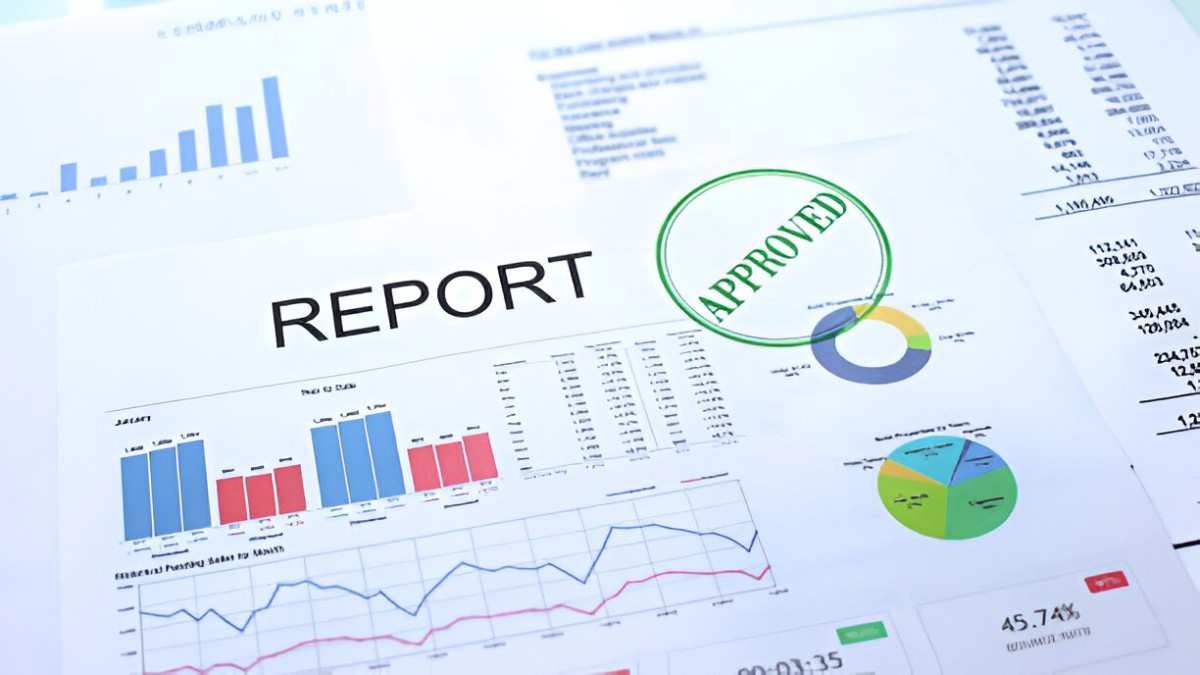As a finance professional, I often encounter investors who struggle to interpret mutual fund reports. The term air reporting might sound unfamiliar, but it refers to the practice of presenting mutual fund performance in a clear, transparent, and easily digestible manner—like fresh air cutting through financial jargon. In this article, I will dissect air reporting for mutual funds, covering its importance, key metrics, regulatory requirements, and practical examples.
Table of Contents
What Is Air Reporting?
Air reporting is the streamlined disclosure of mutual fund performance, risks, and costs in a way that investors can understand without needing a finance degree. The SEC mandates that mutual funds provide standardized reports, but many still bury critical details in dense footnotes. Air reporting flips this by prioritizing clarity.
Why It Matters
- Investor Confidence: Clear reporting builds trust.
- Regulatory Compliance: The SEC’s Plain English Rule (Rule 421) requires disclosures to be understandable.
- Performance Transparency: Investors see exactly how fees impact returns.
Key Metrics in Air Reporting
1. Expense Ratios
The expense ratio measures annual costs as a percentage of assets under management (AUM). It includes management fees, administrative costs, and 12b-1 fees.
Expense\ Ratio = \frac{Total\ Annual\ Fund\ Expenses}{Average\ Net\ Assets}Example:
- A fund with $10M in expenses and $200M in AUM has an expense ratio of:
\frac{10,000,000}{200,000,000} = 0.05\ (5\%)
A high expense ratio erodes returns. Vanguard’s average expense ratio is 0.10%, while actively managed funds often exceed 1%.
2. Total Return
Total return accounts for capital gains, dividends, and interest over a period.
Total\ Return = \frac{(Ending\ Value - Beginning\ Value) + Income}{Beginning\ Value}Example:
- A fund starts at $100, ends at $110, and distributes $2 in dividends.
\frac{(110 - 100) + 2}{100} = 12\%
3. Sharpe Ratio
This measures risk-adjusted returns. A higher Sharpe ratio means better performance per unit of risk.
Sharpe\ Ratio = \frac{R_p - R_f}{\sigma_p}Where:
- R_p = Portfolio return
- R_f = Risk-free rate (e.g., 10-year Treasury yield)
- \sigma_p = Standard deviation of portfolio returns
Comparison Table:
| Fund | Annual Return | Std. Deviation | Sharpe Ratio (Risk-Free = 2%) |
|---|---|---|---|
| Fund A (Index) | 8% | 10% | 0.60 |
| Fund B (Active) | 9% | 15% | 0.47 |
Fund A delivers better risk-adjusted returns despite a lower raw return.
Regulatory Requirements
The SEC’s Summary Prospectus Rule (498) requires funds to disclose:
- Investment Objectives
- Risks
- Fees
- Performance
Yet, many reports still use complex language. Air reporting simplifies this.
Case Study: Vanguard vs. Active Fund Reporting
Vanguard’s Approach
- Clear expense breakdowns
- Benchmark comparisons
- No hidden fees
Typical Active Fund Report
- Dense footnotes
- Emphasis on past performance (which doesn’t guarantee future results)
- Buried fee structures
Investor Impact: A 1% higher fee over 30 years can reduce final returns by 28% due to compounding.
Final\ Value = Initial\ Investment \times (1 + (Return - Fees))^{Years}How to Read an Air-Reported Mutual Fund Statement
- Check the Expense Ratio – Lower is better.
- Verify Benchmark Comparison – Is the fund beating its index after fees?
- Review Risk Metrics – Standard deviation, Sharpe ratio.
- Look for Hidden Costs – Trading costs, turnover ratio.
The Future of Air Reporting
With AI-driven analytics, personalized fund reporting is emerging. Imagine a dashboard showing:
- Real-time fee impact
- Custom risk tolerance metrics
- Tax efficiency scores
Final Thoughts
Air reporting is not just about compliance—it’s about empowering investors. By demanding clarity, we push the industry toward transparency. Next time you review a mutual fund statement, ask: Is this as clear as air? If not, dig deeper or reconsider your investment.





